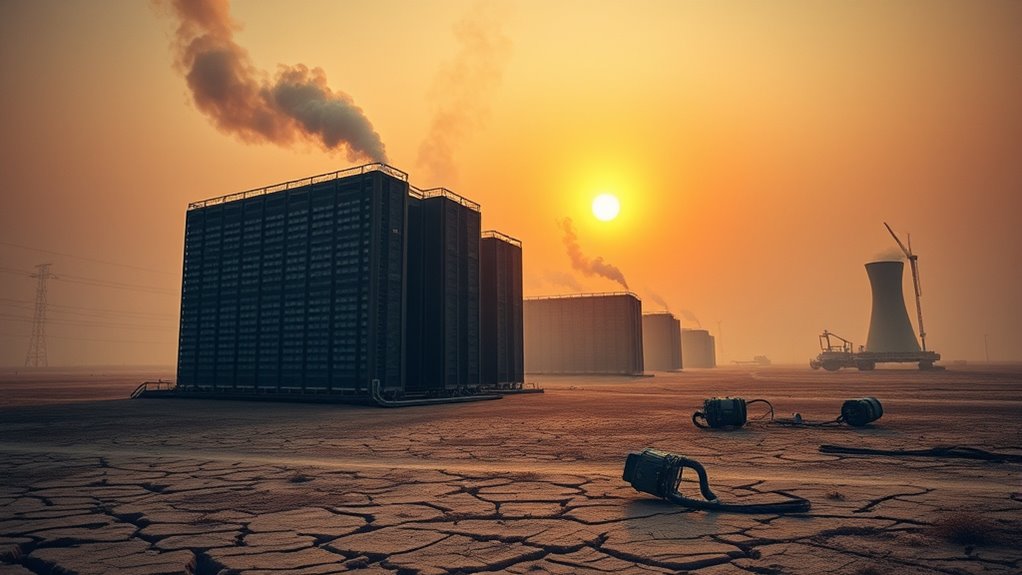As technology races forward, artificial intelligence, or AI, is becoming a big part of our world. But there’s a hidden cost to this tech boom. AI’s impact on the environment is raising serious concerns. Training AI models takes a ton of computer power, which means huge electricity use and lots of CO2 emissions. Even after training, running and tweaking these models keeps burning energy. In areas that rely on fossil fuels, the carbon footprint grows even bigger. Renewable energy sources are used sometimes, but they can’t always keep up with AI’s growing hunger for power. According to recent studies, AI interactions can consume up to 10 times more electricity than a standard web search.
AI’s rapid rise comes at a steep environmental cost, with massive energy use and CO2 emissions from training and running models.
Another issue is water. Data centers that run AI need cooling systems, and these use massive amounts of water. This can strain local water supplies, especially in dry areas. When water evaporates from cooling, it’s lost to the air, worsening shortages. In drought-prone regions, these centers often face criticism for unsustainable practices. This water use can mess up local ecosystems and add to environmental stress. Moreover, data centers are projected to consume significantly more water in the coming years, potentially using six times more than entire countries like Denmark.
Then there’s electronic waste. AI servers in data centers create a lot of e-waste when they’re replaced. If not disposed of properly, this waste harms the environment. Many places lack good recycling programs for this tech, so the problem grows. Plus, making AI hardware often involves mining rare minerals, which can damage the earth. The more data AI processes, the more waste piles up. Experts highlight that the energy-intensive nature of deep neural networks exacerbates these environmental challenges.
Communities already struggling with environmental issues feel the impact most. Near fossil fuel-heavy areas, AI operations add to pollution and poor air quality. In regions with little clean water, AI’s needs make things worse. This often hits vulnerable people hardest, deepening existing inequalities.
Lastly, AI’s supply chain takes a toll. Mining for materials, manufacturing, and shipping all add to emissions and resource use. The demand for high-powered tech strains these systems further. Some efforts are underway to lessen the damage, like using renewable energy and better cooling tech. New ideas for efficiency are also in the works.
Still, AI’s environmental footprint remains a challenge that can’t be ignored as this technology keeps growing.









